One down, 26 to go. “Mozart's Piano” is a series of concerts by the Aurora Orchestra at Kings Place, based around a complete cycle of Mozart's piano concertos. It started last night, and will reach its conclusion in 2020.
It was Peter Millican of the Kings Place Music Foundation who first presented the idea of a Mozart piano concerto cycle to the orchestra. And – as is Aurora's highly successful and original way – they were determined not to place the concertos in standard concert programmes, but to create a series which would develop themes, and contain bold juxtapositions. For example the second concert in the series, in March, will have Mozart's travels to Georgian London as the pretext for a performance of Peter Maxwell Davies' Eight Songs for a Mad King. Several of the concerts are also followed by a “lock-in” session, targeting people much closer in age to the orchestra's members than the typical average audience for classical music.
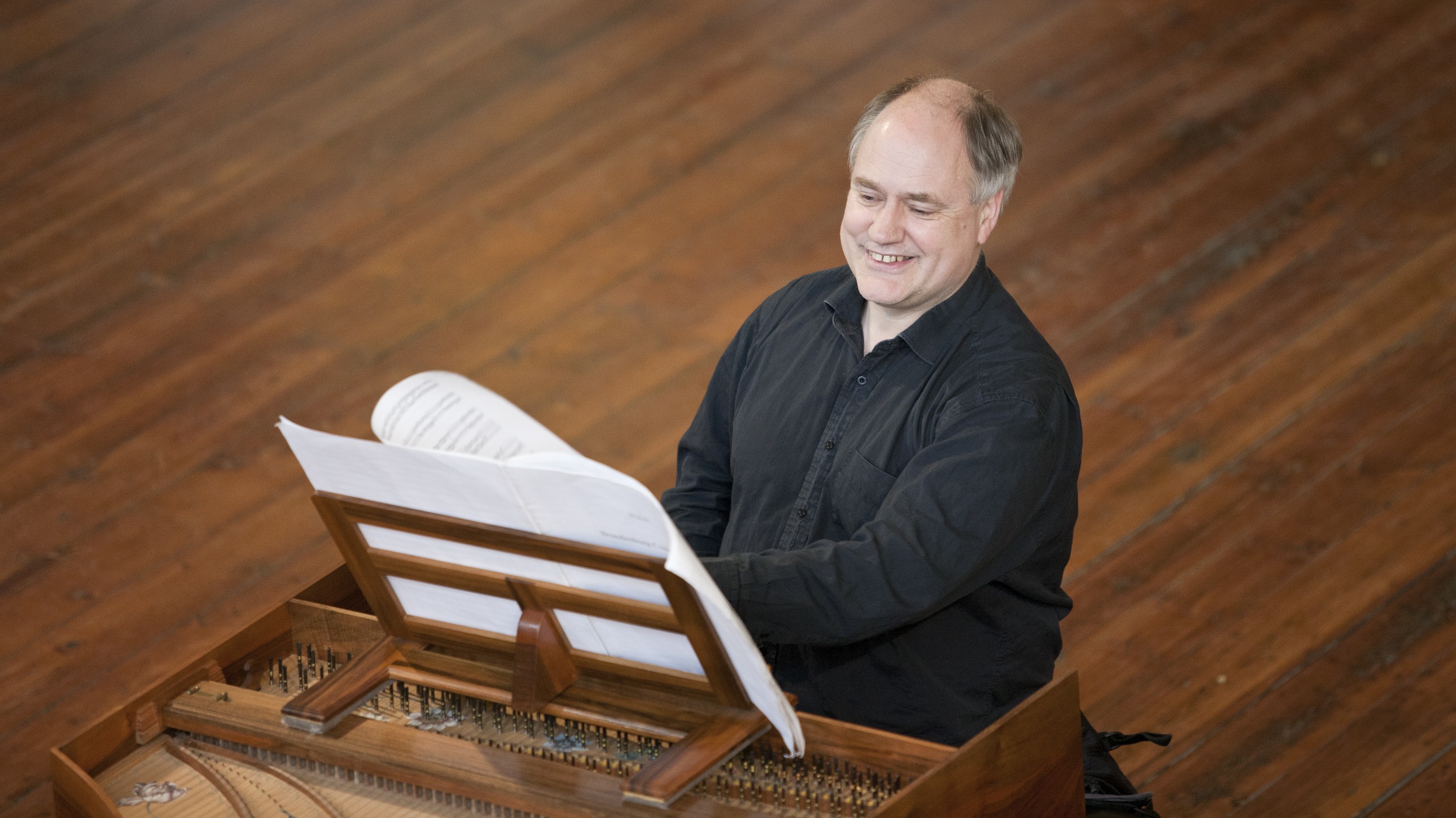 If future concerts are going to stray deliberately away from Mozart and his era, this first concert in the series hugged the shore and stayed in the period before and during Mozart's life. It marked the orchestra's very first collaboration with scholar- keyboard player-baroque specialist John Butt (pictured right by David Barbour), who had devised the programme, directed proceedings from the harpsichord, and was also interviewed repeatedly between the pieces by BBC Radio 3 presenter Sara Mohr-Pietsch.
If future concerts are going to stray deliberately away from Mozart and his era, this first concert in the series hugged the shore and stayed in the period before and during Mozart's life. It marked the orchestra's very first collaboration with scholar- keyboard player-baroque specialist John Butt (pictured right by David Barbour), who had devised the programme, directed proceedings from the harpsichord, and was also interviewed repeatedly between the pieces by BBC Radio 3 presenter Sara Mohr-Pietsch.
The concert programme drew its inspiration from a slightly adapted Mozart quotation, "Bach is the father; we are the children," with Mozart's original words wir sind die Bubn (”we are the boys”) tweaked in translation in the direction of gender neutrality.
The Bach to whom Mozart was actually referring was the second son of JS Bach, CPE Bach, rather than JS himself. CPE was represented on the programme by the first of his “Hamburg” symphonies, an astonishingly bold piece: its daemonic string-crunches, syncopations, unusual instrumental combinations and bravura all came across very strongly in this performance, but it was an all-too brief encounter. Butt couldn't resist also presenting other members of the Bach family too. The concert opened with a vivid, stormy work by JC Bach, and there was also an exploration of Mozart's own deeper involvement with JS Bach in the 1780s. The second half consisted of two Brandenburg concertos, Nos. 1 and 3, with, placed between them, one of the darkest pieces in all of Mozart's output, the Adagio and Fugue in C minor of 1782/88, vividly played by the strings of the orchestra, really digging and producing a sense of drama.
Butt was also highly sensitive to the acoustics of the hall
There were all kinds of interesting vignettes. This is the second time I have heard a concert by the Aurora Orchestra where the “problem” of the missing slow movement in Bach's Brandenburg Concerto No. 3 has been imaginatively addressed. On the previous occasion, Arvo Pärt's "If Bach had been a Beekeeper" was inserted. Here, Butt had come up with the idea of the slow movement of a Bach G major violin sonata, excellently played by Thomas Gould with Butt at the harpsichord.
As a concert it suffered from trying to cram in too many themes, veering in the direction of a lecture-recital rather than a concert, and will probably work better in radio broadcast. In the midst of all these to-and-fro-ings and conversations between Mohr-Pietsch and Butt it was perhaps Mozart's Piano Concerto No.1 in F Major, written when Mozart was 11, and the original pretext for the concert, that got shortest shrift. It is a rarely heard work without its own proper performing tradition, and it felt unfamiliar. Perhaps it was inevitable given Butt's huge role in keeping the whole show on the road that occasional signs of tiredness and tentativeness would creep in. The filigree detail in the fast outer movements had some finger-slips, and the slow movement was pleasant enough, but somehow lacked conviction and shape.
That said, general musical standards were exceptionally high throughout, and in a programme of twists and turns and contrasts there were many moments of sheer delight. Wind soloists of the calibre of bassoonist Peter Whelan and pricipal horn Nicolas Fleury brought immense character to the first Bach Brandenburg concerto. Butt was also highly sensitive to the acoustics of the hall, clearly relishing the short echo at the end of movements. And the joyous G major of the third Brandenburg concerto was just the right thing to send the audience off happily into the winter night.

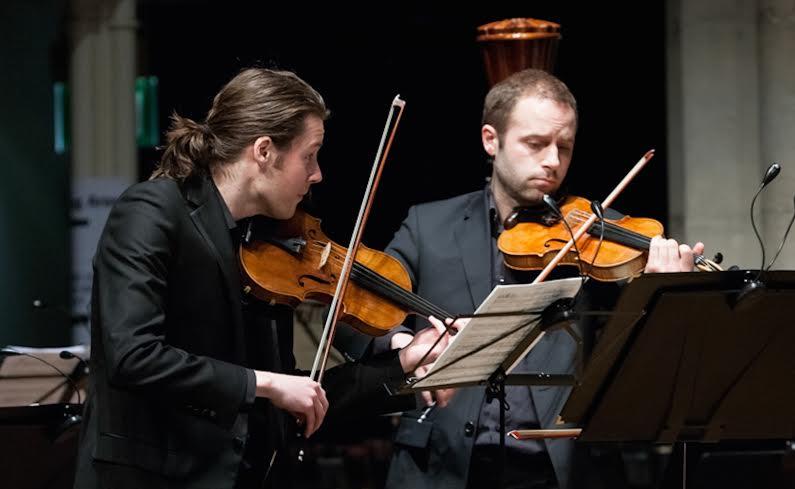






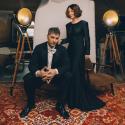


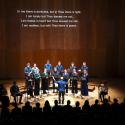
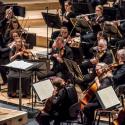
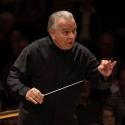
Add comment